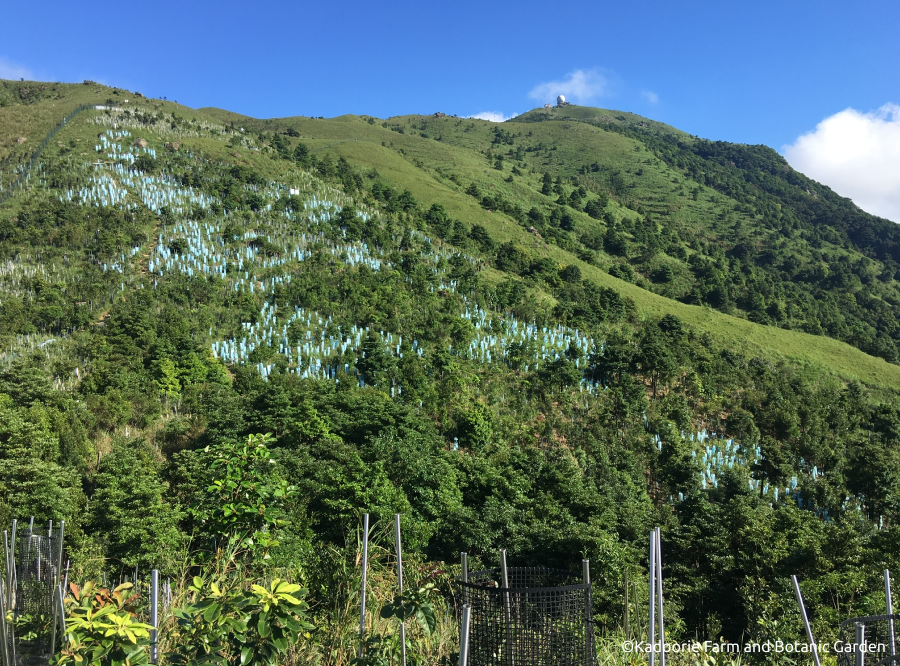Forest conservation and research

Url Hash
Components

Although known as a densely populated and urbanised city, Hong Kong is home to a vast range of biodiversity. Occupying one fifth of Hong Kong’s land area, the evergreen broad-leaved forests are home to a wide variety of flora and fauna. In addition, 5% of Hong Kong’s land area are wetlands that host the majority of its recorded bird species, which also act as feeding grounds for migrating birds.
However, due to increasing pressures from economic development, climate change, and expected population growth, the urbanisation of Hong Kong has encroached on forest habitats. Deforestation, loss of biodiversity and soil depletion are some of the issues that threaten the survival of rare plant and animal species in Hong Kong.
The partnership will contribute towards forest restoration and botanical research to support the conservation of Hong Kong’s rich native biodiversity.
MSIG’s support will help CIAP’s local partner, Kadoorie Farm & Botanic Garden (KFBG) in its botanical research to better understand species’ adaptation and resilience against natural disasters and human impact.
The work of KFBG aims to guide Hong Kong’s strategic roadmap to conserve intact ecosystems and restore biodiversity loss. Its Flora Conservation Department is active in forest restoration in Hong Kong and the wider region. Its Native Tree Nursery (NTN), established in 1997, aims to produce seedlings of native tree species that are suitable for ecological restoration. Native seedlings produced are used to enrich and restore disturbed secondary forests. In addition, scientific research and experiments are carried out to derive an evidence-based framework for planting that could enhance natural recovery of the forest.
The team is also working to document, investigate and shortlist vulnerable species that are at risk of extinction.
Find out more about how KFBG raises awareness of ecological and sustainability issues so as to reconnect people with nature and promote sustainable lifestyles.
